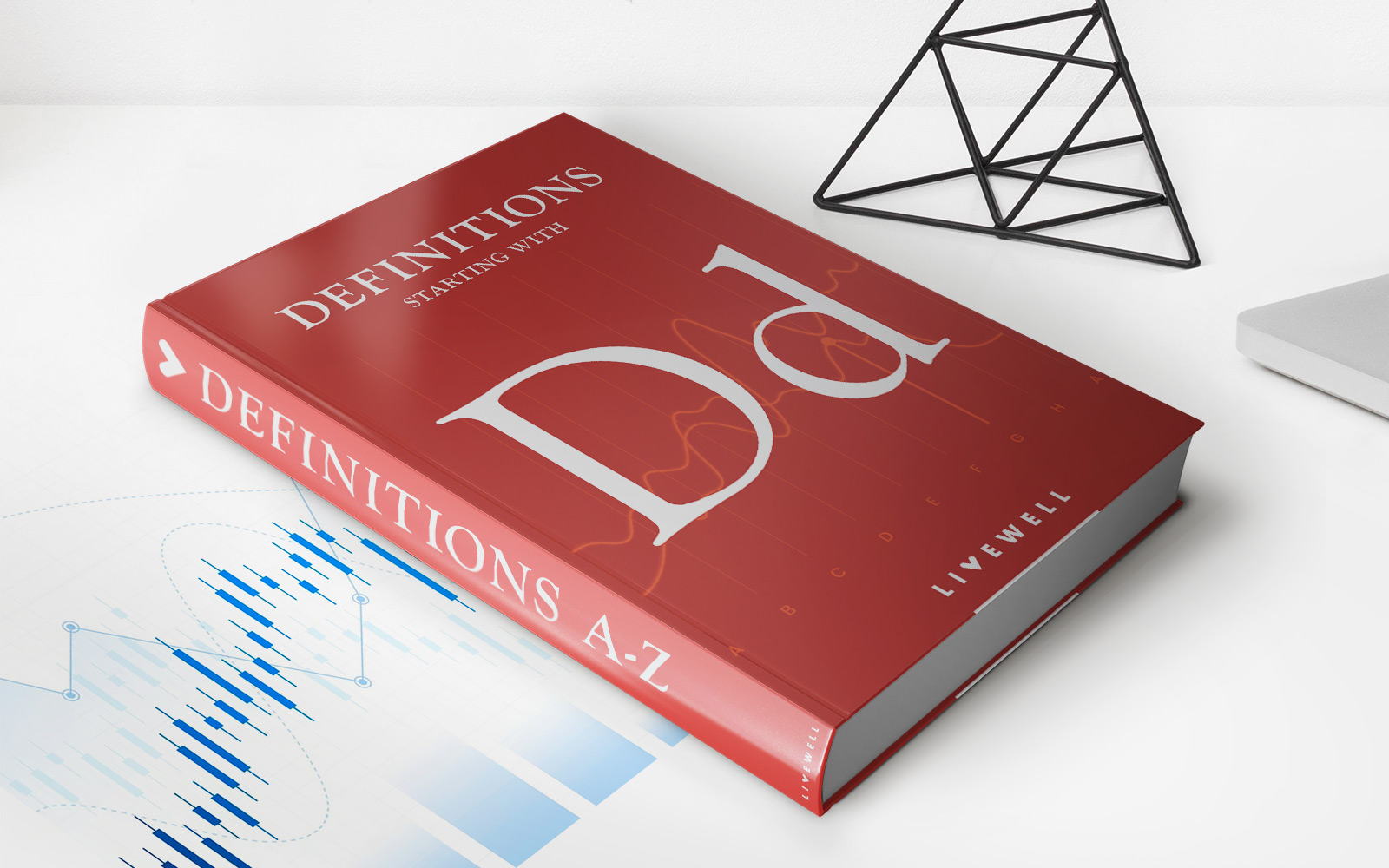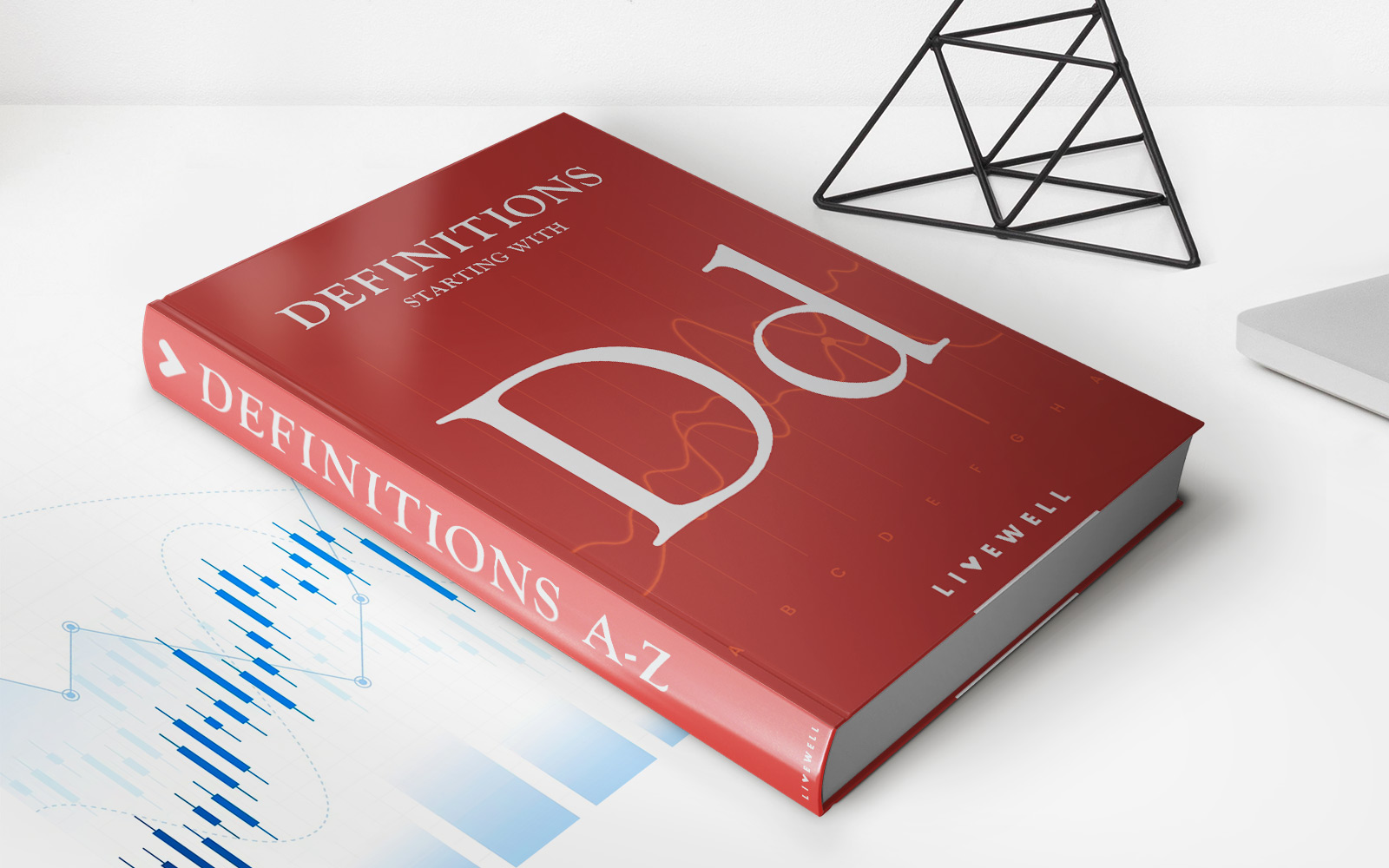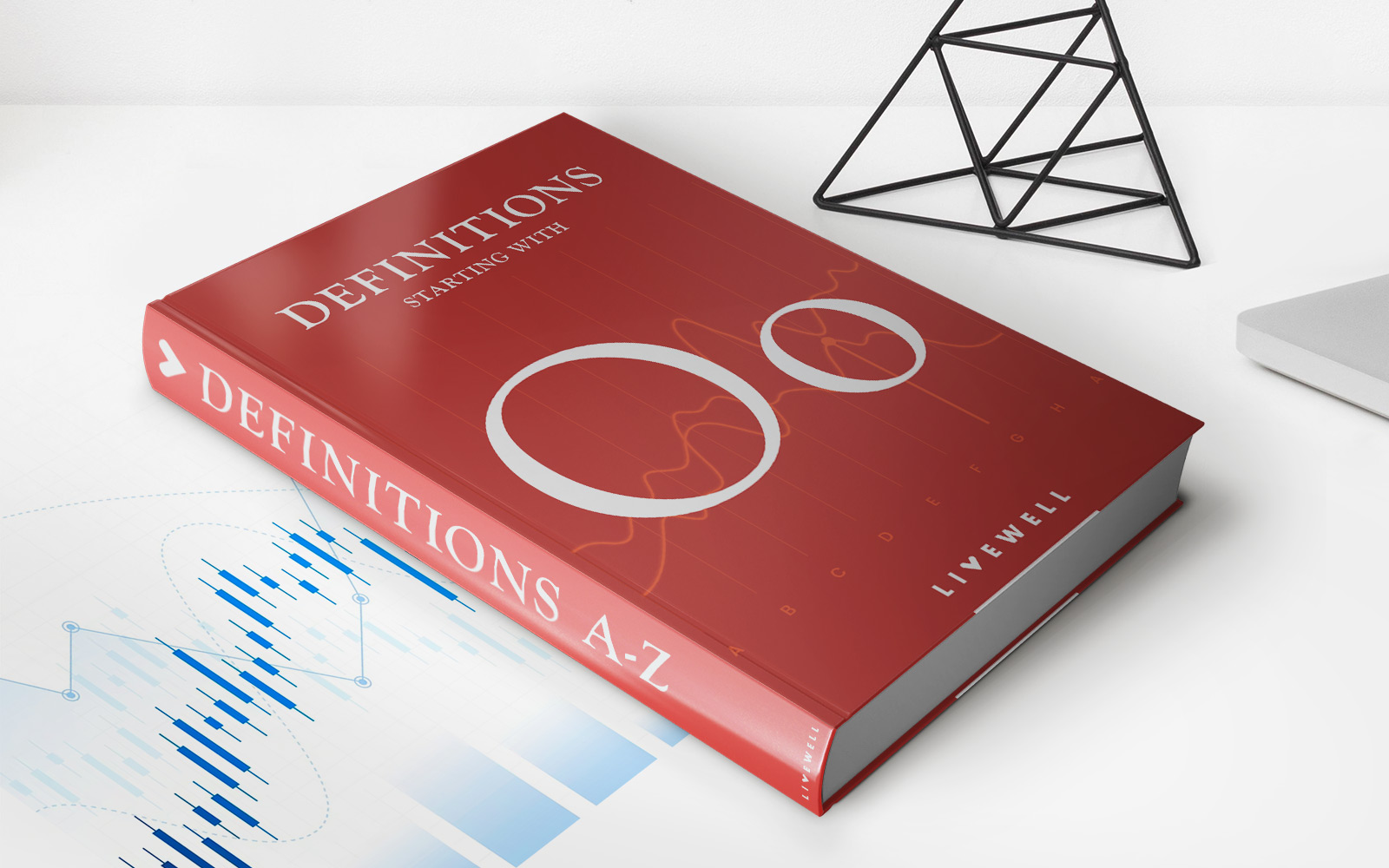

Finance
Directional Movement Index (DMI) Definition
Published: November 12, 2023
Learn about the Directional Movement Index (DMI) in finance, a key indicator for assessing trends and market momentum. Enhance your understanding of DMI's significance and application.
(Many of the links in this article redirect to a specific reviewed product. Your purchase of these products through affiliate links helps to generate commission for LiveWell, at no extra cost. Learn more)
What is the Directional Movement Index (DMI)?
If you’re looking to gain a deeper understanding of the world of finance, you’re in the right place. Today, we’re diving into the fascinating concept of the Directional Movement Index (DMI). So, what exactly is DMI? In the simplest terms, the DMI is a technical analysis indicator that is used to determine the strength and direction of a trend in the financial markets.
Key Takeaways:
- The Directional Movement Index (DMI) is a technical analysis indicator that helps determine the strength and direction of a trend in the financial markets.
- It consists of three lines: the +DI line, which measures upward movement, the -DI line, which measures downward movement, and the ADX line, which represents the overall trend strength.
Now that we have a general understanding of what DMI is, let’s take a closer look at how it works. The DMI consists of three lines: the positive directional indicator (+DI), the negative directional indicator (-DI), and the average directional index (ADX).
The +DI line measures upward movement, indicating the strength of positive or upward trends. On the other hand, the -DI line measures downward movement, showing the strength of negative or downward trends. These two lines fluctuate between 0 and 100, with values above 25 typically considered as a strong trend.
The ADX line, which represents the overall trend strength, does not provide directional information but measures the strength of the trend regardless of its direction. It ranges from 0 to 100 as well, with values above 20 typically indicating a strong trend.
Traders and investors use the DMI to identify potential trading opportunities and make informed decisions. By analyzing the interaction between the +DI and -DI lines, they can determine whether a trend is gaining strength or if it is weakening. The ADX line helps confirm the trend’s strength, allowing traders to filter out potential false signals.
Key Takeaways:
- The +DI line measures upward movement, indicating the strength of positive or upward trends.
- The -DI line measures downward movement, showing the strength of negative or downward trends.
- The ADX line represents the overall trend strength, regardless of its direction.
In conclusion, the Directional Movement Index (DMI) is a powerful tool in the world of technical analysis. By helping to identify the strength and direction of trends, it allows traders and investors to make more informed decisions. Whether you’re new to finance or a seasoned pro, understanding the DMI can be a valuable addition to your toolbox. So, dive in, explore, and unlock the potential of DMI in your financial journey!














